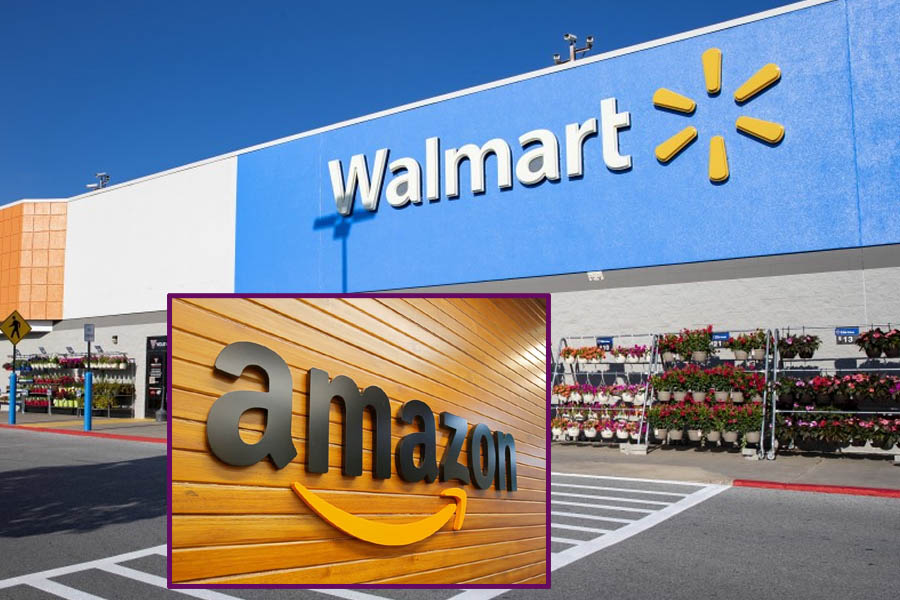
Walmart's dominance in the grocery industry is proving to be a formidable challenge for e-commerce giant Amazon, which failed to achieve the same success with its conventional approach to supermarkets. While Amazon's acquisition of Whole Foods was initially seen as a game-changer, its experimental tactics and limited physical presence have allowed Walmart to gain the upper hand in the battle for grocery supremacy.
Amazon's Missteps:
Upon acquiring Whole Foods, Amazon took some unconventional approaches to bolster its grocery business, such as attempting to sell unique products like the "single-cow burger." However, these efforts fell short, and the implementation of cashierless supermarkets, while technologically advanced, lacked the human interaction that many shoppers cherish. Recognizing the need for improvement, Amazon brought in a former Tesco executive, Tony Hoggett, to inject grocery expertise into the company.
Walmart's Approach:
Walmart, on the other hand, is continuously evolving and expanding its e-commerce business, aiming to attract higher-income online customers and broaden its offerings beyond groceries. With an extensive network of brick-and-mortar stores, Walmart holds a significant advantage over Amazon in terms of accessibility and customer reach. In addition, its "everyday low prices" strategy has resonated well with consumers, leading to substantial sales growth.
The Battle for Online Dominance:
While Walmart thrives in physical stores, Amazon's Prime loyalty program and expansive online marketplace are its key assets. The company envisions a future where customers can fulfill all their shopping needs, including groceries, through a single app. However, the lack of physical stores remains a challenge for Amazon, as many consumers prefer the tactile experience of shopping for groceries in-person.
Online Selling and Advertising:
Walmart has made impressive strides in online selling and advertising, outpacing Amazon's physical-store sales. By adopting Amazon's model of attracting third-party sellers, Walmart has expanded its product assortment and increased advertising revenue substantially. Although Amazon still leads in this area, experts believe Walmart has the potential to catch up in the future.
The Path Forward for Amazon:
Amazon could potentially improve its standing in the grocery industry through a major acquisition. However, given the antitrust pressure on big tech companies, this option may be limited. Consequently, Amazon needs to refine its strategies and demonstrate a clear path to profitability for its grocery business, as Walmart is quickly adapting and replicating its best moves.
In the ongoing grocery wars, Walmart has emerged as a significant threat to Amazon, leveraging its extensive network of physical stores and everyday low prices to gain an advantage. While Amazon excels in the online space, it faces challenges in providing the same level of accessibility and customer experience as Walmart. As the competition intensifies, both companies will continue to innovate and adapt their approaches to secure a stronger foothold in the ever-evolving grocery market.